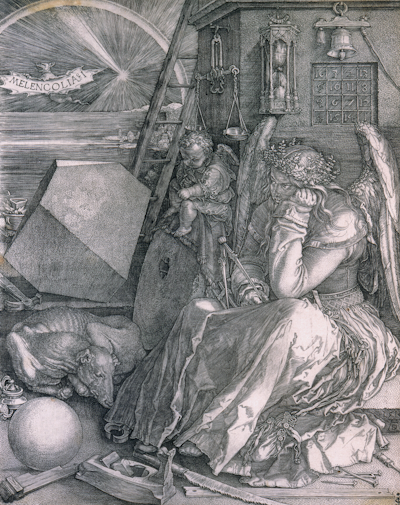Dürer and the German Renaissance


Overview
-
November 24, 2015–March 20, 2016
-
European Art Galleries, Level 2, Gallery S202
-
Free for Members
-
Included with admission
Albrecht Dürer (1471–1528) is one of the most celebrated and highly skilled artists in the history of German art. He worked in various media, but had his greatest impact as a printmaker, transforming the medium from one that existed almost exclusively to illustrate books into an independent art form. He created both woodcuts and engravings, and was able to harness the unique visual language of each technique to create works of unparalleled artistic virtuosity and psychological complexity. One of the most famous of these prints, Melencolia (1514), is the centerpiece of the inaugural exhibition in the new European works on paper gallery. In addition to fourteen Dürer prints, the exhibition will feature engravings and woodcuts by some of the other leading artists of the period, including Heinrich Aldegrever and Hans Sebald Beham. The exhibition will explore how Dürer’s artwork influenced the work of his contemporaries, and examine the important role that early German printed books played in the artistic climate of Renaissance Germany.
